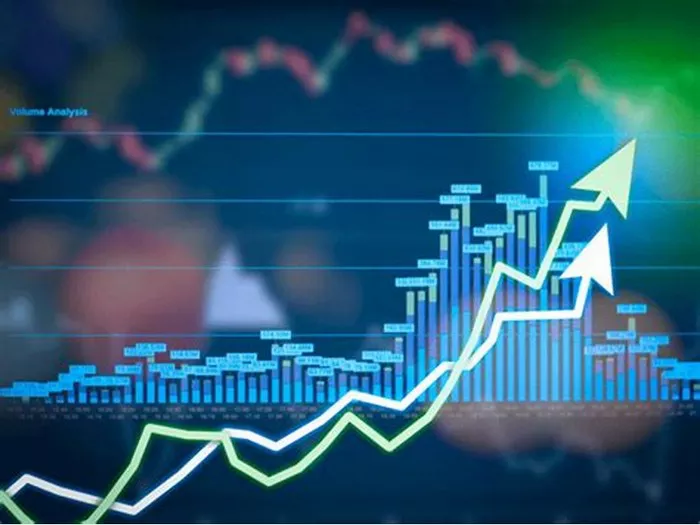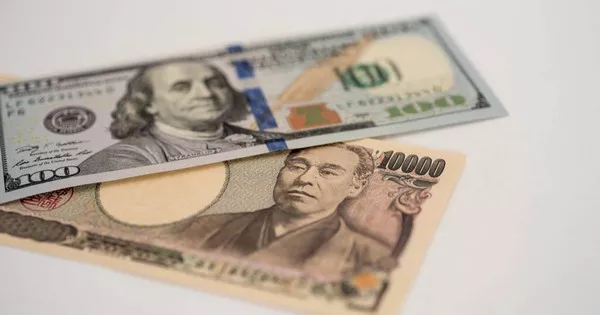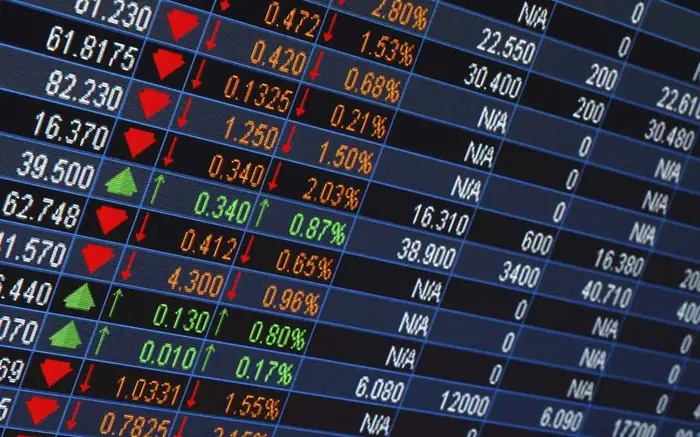Despite the market volatility, Craig Johnson isn’t giving up on his bullish view on the S&P 500.
The Piper Sandler strategist said he still expects the S&P 500 to surge to 6,600 by year-end.
“When people are selling, you have to clean up,” Johnson said.
One Wall Street strategist was unmoved after President Donald Trump’s “Liberation Day.”
The stock market just experienced its worst two-day selloff since March 2020, when the global economy was on the verge of shutting down due to the COVID-19 pandemic.
The S&P 500 fell more than 10% in two trading sessions, and Wall Street was abuzz with worst-case scenario predictions. Strategists at major Wall Street banks warned that Trump’s sky-high tariffs would lead to an imminent recession and lower stock market returns.
But Craig Johnson, chief market technician at Piper Sandler, thinks this is an opportune time to reiterate his view that the S&P 500 will hit a new high of 6,600 by the end of the year.
That represents a potential upside of 22% from Friday afternoon’s levels.
In his note to clients titled “Don’t Stop Believing,” Johnson reiterated his bullishness on stocks despite the volatility fueled by Trump’s trade tariffs.
This week, Business Insider caught up with Johnson to get a better idea of why he’s sticking with one of Wall Street’s highest price targets.
It’s Only April
First, Johnson was quick to point out that “it’s only April,” giving the stock market plenty of time to digest recent losses, consolidate, and then move higher.
“I feel like we should give this market some time,” Johnson said. “The market is very volatile and if we start to see a more rational trade environment play out, then this market will certainly see multiples come back and earnings revisions may not be as high as people expect.”
Johnson’s positive view depends on whether the Trump administration will roll back some of its tariffs, a view that was on display on Wednesday when Trump announced a 90-day “reciprocal” tariff suspension for most countries.
Stocks rose about 10% after the announcement.
“We just had one of the best periods of market performance since World War II and I don’t think anyone expected the market to be this volatile, but ultimately, I think there’s probably still room for the market to rise further,” Johnson said.
Investors are too negative
Investor sentiment has fallen sharply in the past few weeks, which has strengthened Johnson’s confidence that the stock market is about to rebound.
The CNN Fear and Greed Index fell to 4 last week, the second lowest level in history, behind only two readings in March 2020.
Another sentiment indicator, the American Association of Investors Investor Sentiment Survey, also showed that investor pessimism is at an extreme level, second only to the 2008 financial crisis.
“Negative sentiment is just too high,” Johnson said, highlighting recent flow data showing investors are selling stocks and buying money market funds.
Johnson said when negative sentiment reaches such extreme levels, it often becomes a contrarian indicator that stocks are about to rise.
“If you’re emotional in the market, you’re going to lose money every time,” Johnson said. “You can’t be emotional, you have to be in, you have to do this, when people are selling, you have to go in and pick up the pieces.”
Technical Setup
From a technical perspective, Johnson still sees a lot to appreciate, even against the backdrop of trade turmoil.
First, the S&P 500 fell all the way to 4,835 in premarket trading this week. That’s significant because it tested a previous resistance level as support, a key tenet of technical analysis.
The S&P 500 peaked at 4,818 in January 2022. Price memory at that level triggered a flood of buyers into the market.
“That’s a pretty good support level,” Johnson said. “I mean, I don’t know if you could ask for anything more perfect than this. Sentiment, our indicators, support levels, everything is being precisely controlled; I mean, it’s almost down to the penny.”
Johnson also highlighted that the stock market is showing signs of being extremely oversold, which usually indicates a strong rebound.
Of all the stocks that Johnson covers, only 5% are trading above their 40-week moving average.
“I will tell you, I don’t see numbers that low very often,” Johnson said. If the number rebounds sharply, it would indicate that the deeply oversold levels are improving, which would be positive news.
Ultimately, the technical strategist expects the S&P 500 to test resistance at 5,500 and then, if successful, could get stuck in a sideways trading range between 5,500 and 5,800.
“We’re ultimately just adjusting for a while until people fully understand how the trade situation is going to play out,” Johnson said.
Any clarity on trade policy and a potential deal could ultimately help to dispel uncertainty and drive stocks to new all-time highs by the end of the year.
“I keep saying, don’t give up on believing, because when markets get hammered like this, they’re going to get hammered,” he said. “But when you get down to these levels, you have to buy stocks.”
Related topics:





























